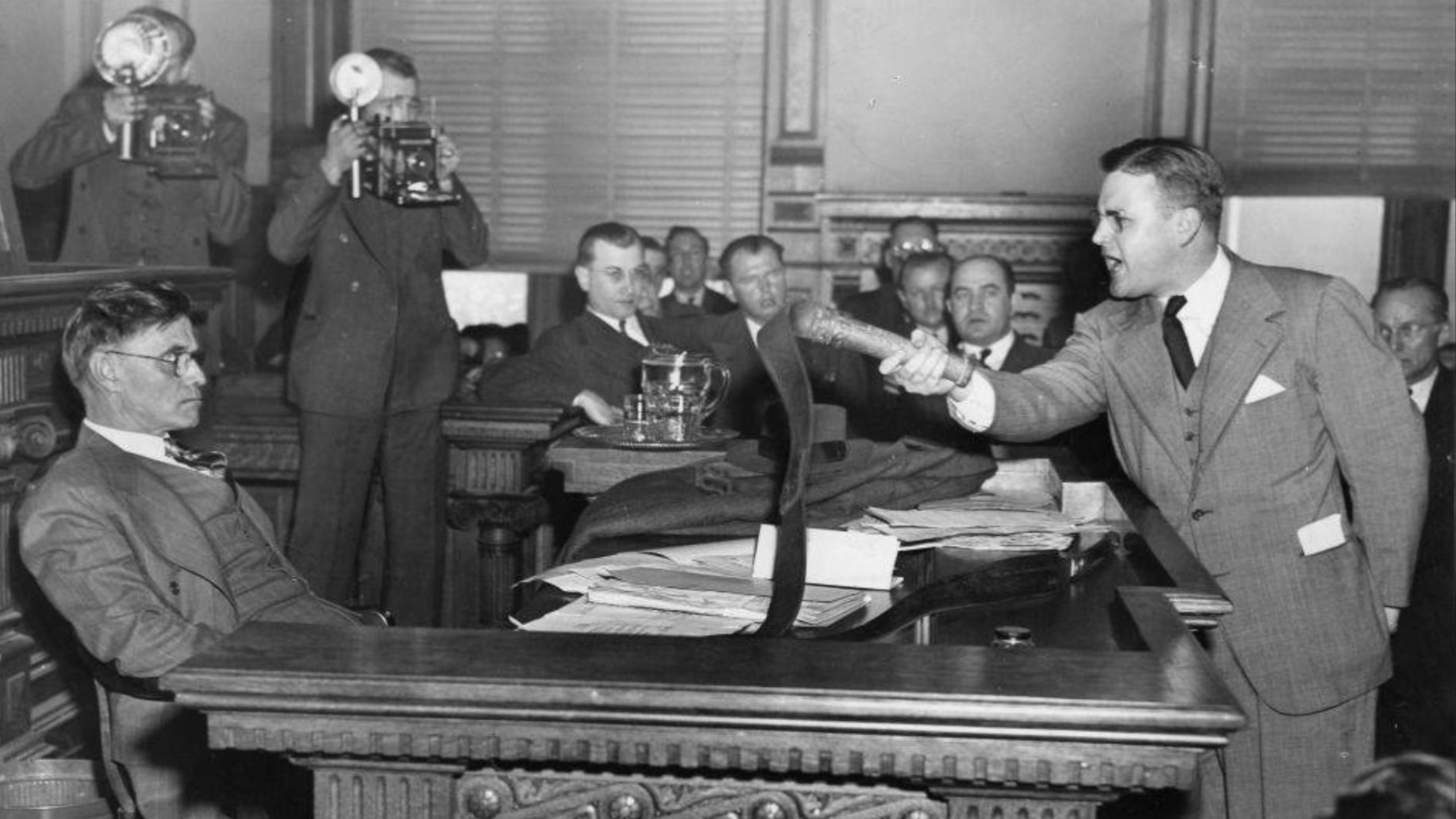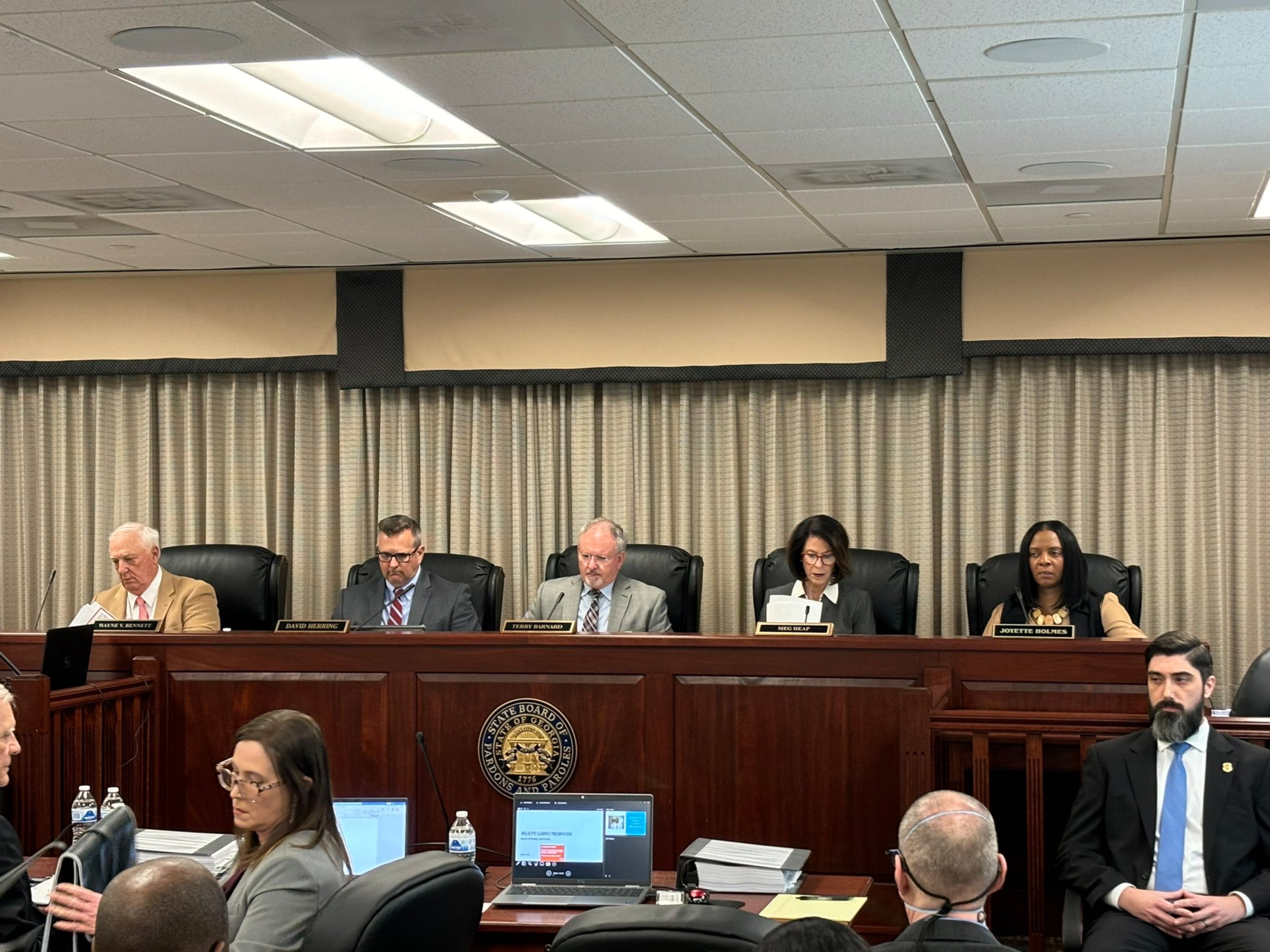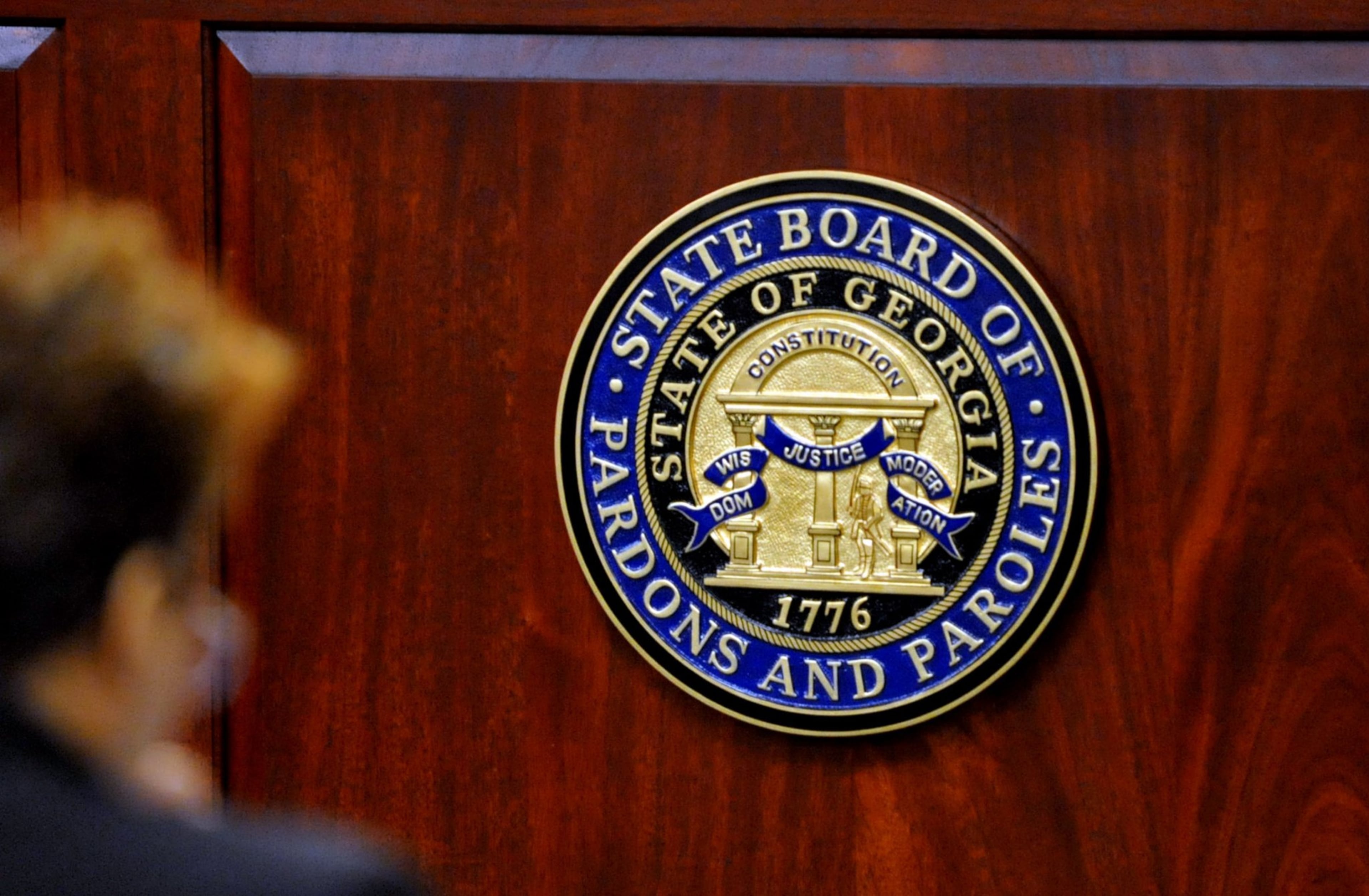How dare we ask for transparency from Georgia’s parole board? Well, pardon me.

I was talking with former Gov. Roy Barnes recently when the conversation shifted to President Donald Trump pardoning a tax cheat after the man’s mother attended a million-dollar fundraiser.
It was a shocking example of a seeming quid pro quo, an out-and-out payoff. (The White House said it was merely righting a wrong from a Biden witch hunt.) That’s why, I noted, that Georgia long ago changed the state constitution to take away the power to pardon from the governor and give it to what is now the Board of Pardons and Paroles.
Barnes agreed and spun a tale of a time before Georgia’s reform-minded Gov. Ellis Arnall pushed to change the constitution in 1943. The story has it that a farmer had a son in prison and approached a long-ago governor — Barnes recalls it being Eugene Talmadge — to get his son released.
The man went to the governor’s farm and was told he could pay $1,000 for a sad old mule fit for the glue factory.
“Why would I pay $1,000 for that broken-down animal?” the father asked.
“Well,” he was told, “your son’s gonna need something to ride home on from prison, won’t he.”
I asked William “Dub” Anderson, the author of “The Wild Man from Sugar Creek,” a biography of Talmadge, about the tale.
He didn’t know about a mule. “But I heard about a bull (at Talmadge’s home) in Forsyth,” the author told me. “It was sold several times but never left the farm.”
True or not, the story speaks of the willingness of politicians to use the grave power of having the say-so over other people’s freedom as a fundraising tool.
Such activity was a well-known “secret.” The New York Times even railed against the “state pardon racket” of Georgia Gov. E.D. Rivers during his 1939-40 term of office.
In 1943, Georgia’s voters overwhelmingly took the pardon from the governor and gave it to a semiindependent parole board. (The governor appoints board members.)
This system has remained in place since, with some tweaks, although in 2023 some Trump supporters lobbied Georgia’s pols — unsuccessfully — to return that pardon back to the governor after Trump was indicted in Fulton County for allegedly trying to steal the 2020 election.
The system, at least in theory, is an improvement from the old process, where one person could go rogue.
But all systems have flaws, and the Board of Pardons and Paroles’ problem is that it’s an opaque process.
The five-member board plows through thousands of case files prepared for them by the agency’s staff and then makes decisions. The board rarely speaks to the inmates. That would be difficult, as there are nearly 50,000.
The lack of information about their decisions to release prisoners, or to keep them in for more time, frustrates both the families of victims and those of prisoners.
“The answer is either ‘yes’ or ‘no,’ and you have no idea why,” said Stephen Bright, the former director of the Southern Center for Human Rights, a strong advocate for defendants’ rights. “If the answer is ‘no,’ then you’d like to know what to work on? What are the (prisoner’s) shortcomings?”
An AJC investigation a decade ago found that Georgia’s board “is one of the nation’s most secretive.”
It has changed little since.

In an AJC story last week on this issue, a board spokesperson said: “The Board provides meaningful consideration to all parole-eligible offenders. The Board uses its discretion authorized by the Georgia Constitution to make release decisions.”
Critics liken the system to a “black box,” but that’s a misnomer. After a plane crash, rescue crews will eventually find the black box and it will yield some info.
Not so with the parole board.
For decades, the board has used a so-called “grid system,” weighing crime severity, conduct in prison and the “likelihood of success on parole as revealed by predictive factors from his criminal and social history,” according to its website. They result in “more consistent, soundly based and understandable decisions.”
Michael Shapiro, a lawyer and professor, has for years tried to get parole for a man convicted of a 1976 murder. It was horrible. An 11-year-old boy was shot to death to prevent him being a witness.
Shapiro’s client, Nathan Brown, who is now 67, was not the gunman and is a model prisoner who has had prison officials write the parole board on his behalf.
Year after year, he is turned down without comment from the board.
“The biggest problem is the lack of transparency,” Shapiro told me. “You have no idea what resonates with the board.”
Both he and Linda Sheffield, a veteran attorney who has dealt with parole for decades, say the board seems to heavily weigh the opinions of crime victims’ families. But the board doesn’t relate what was said or by whom.
Sheffield won’t criticize the secretive board members.
“They’re just doing what they are allowed to do,” she told me. “It’s the Legislature. Look at them.”
Wayne Garner, a former legislator and one of the rare former board members willing to talk publicly, said “Their decisions are a state secret. They are pretty insulated.”

The reason for such secrecy, he said, is security.
“There’s a thought that if I vote against paroling someone then they can come after me; but I don’t know if I agree with that,” said Garner, who later became a hard-nosed prisons chief under Gov. Zell Miller. “I had threats as the commissioner (of prisons) but never on the parole board.”
Historically, parole board spots go to former law enforcement types and often to political insiders who need a few extra years on the state payroll to round out a fat pension.
Currently, there are two retired sheriffs, two former DAs and a former state trooper who headed up security for the governor and other top politicians. The board’s chair makes more than $160,000 a year.
So, amid the secrecy, it’s a sweet gig.



